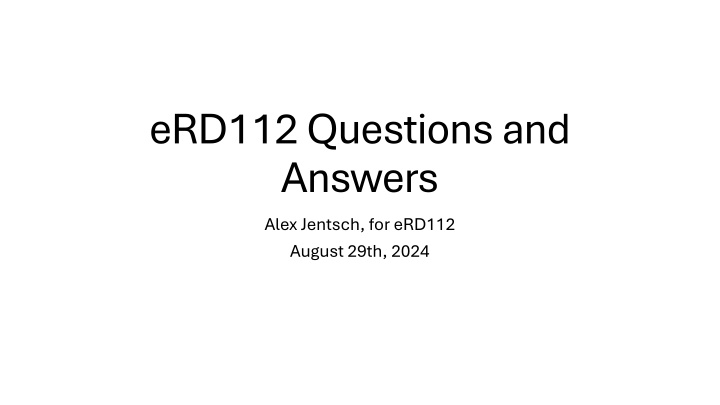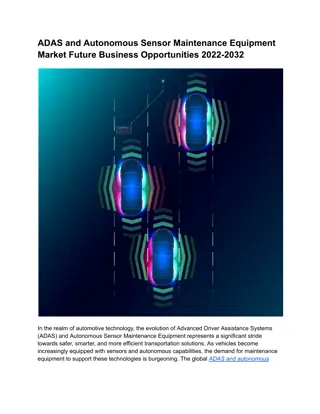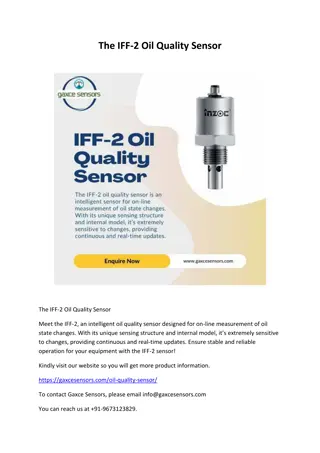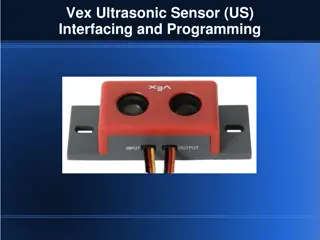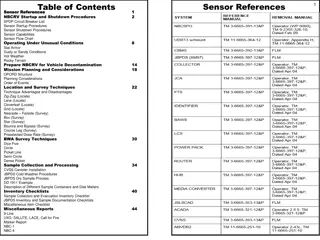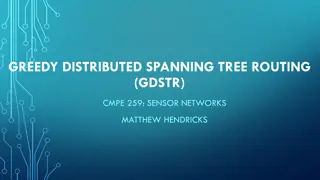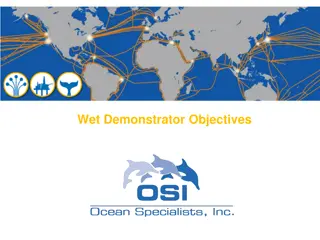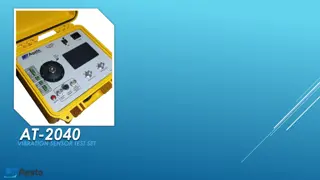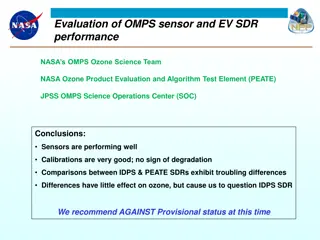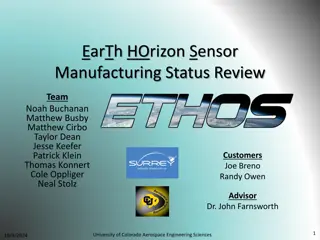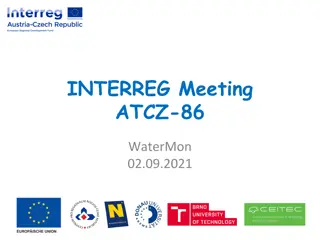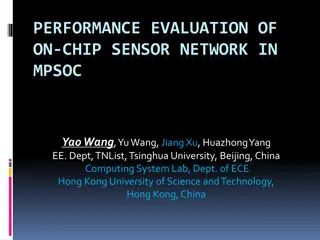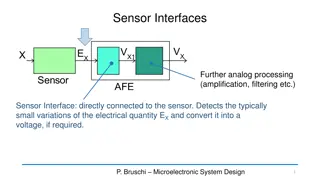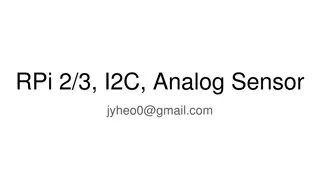Progress in Sensor Development & Collaboration for eRD112 Project
The eRD112 project has seen significant progress in sensor development, with promising results aligning with the timeline. The collaboration between US and Japan, along with commercial vendors, is crucial for mass production. Recommendations focus on continuing sensor studies, checking performance requirements, and material budget analysis. The evolving simulations emphasize the importance of material budget constraints and tracking resolution for the entire system.
Download Presentation

Please find below an Image/Link to download the presentation.
The content on the website is provided AS IS for your information and personal use only. It may not be sold, licensed, or shared on other websites without obtaining consent from the author.If you encounter any issues during the download, it is possible that the publisher has removed the file from their server.
You are allowed to download the files provided on this website for personal or commercial use, subject to the condition that they are used lawfully. All files are the property of their respective owners.
The content on the website is provided AS IS for your information and personal use only. It may not be sold, licensed, or shared on other websites without obtaining consent from the author.
E N D
Presentation Transcript
eRD112 Questions and Answers Alex Jentsch, for eRD112 August 29th, 2024
Compared to FY22, significant progress has been made in this project, especially in the development of the sensor. So far, the results look promising and are in line with the project timeline. Clearly, continuing the research on sensor production options is still crucial, whether at BNL or with commercial venders. The current US-Japan collaboration may benefit by scheduling the mass production at HPK. This will mitigate risks. According to simulations based on the latest simulation framework, the material budget requirements for the forward TOF and the spatial resolution requirements for the B0 tracker have both been significantly changed to be stricter. The timing resolution requirement of the barrel TOF has been slightly relaxes as well as the material budget for the B0 tracker. The research team plans to continue the study of a common design to reduce costs and risks. At the same time, attention should also be given to whether the original design can meet the significantly more demanding performance requirements of these individual detectors. More detailed checks are suggested to see if there are other requirement changes. Since there are several commercial vendors involved, ensuring enough funding contingency is something that needs to be considered due to the fluctuations in the international supply chain prices. Recommendations: 1) Continue the study on sensor fabrications options in various vendors. 2) Using the latest simulation frame, further check if there are crucial performance requirements that have changed in related individual detectors to meet the goals of EIC physics program. 3) Continue the material budget study based on whole system including sensor, bounding base, supporting structure and other integration materials.
Answers sensor productions and recommendation 1) We still see the availability of multiple vendors as an effective way to reduce long- term risk, and allow for some level of adaptability as the machine design evolves, especially for the beamline detectors, which have designs closely tied to progression of the machine. We continue to request productions from BNL and HBK as our primary sources of sensors, with mass production for the purposes of TOF coming from HBK, and the BNL efforts aimed at the forward instrumentation. The BNL efforts can also be used for tech transfer purposes to Taiwan should those agreements be finalized. Additionally, having the BNL option for small productions allows for adjustments for the beamline instrumentations if the sensor requirements imply a different optimization (e.g. < 20um spatial resolution for the B0 tracker). The FBK option (with the associated foundry) is seen as a contingency option, so a small investment was made in concert with CERN efforts to enable study for sensor viability for mass production to reduce long-term risk. Ultimately, the FY24/FY25 productions are aimed at finalizing the optimal choice of sensor geometry, thickness, implantation depth, etc. with a goal toward a final choice for mass production.
Recommendations 2) and 3) The simulations continue to evolve. The material budget constraints, for example, differ for the various subsystems. For the B0, the material budget directly affects the tracking resolution of the entire system. 5% is the upper limit of what is sensible, anything greater than that will further degrade the resolution beyond what the physics can tolerate. Studies (not just related to material budget) can be found here: https://indico.bnl.gov/event/21467/contributions/84287/attachments/51407/87899/B 0_field_map_tracking_performance_first_pass_Jentsch_12_5_23.pdf Physics requirement is < 6-7% pT resolution. AC-LGAD (20um) resolution just barely hits the requirement. Difference between < 1% material budget and 5% material budget is shown in red and green, respectively. Baseline performance is between green and magenta (without realistic field map; still being evaluated) - a worsening of the material budget above 5%, or a worsening of the spatial resolution will put detector out of spec for the physics program. The primary difference between magenta and green is usage of GenFit in a stand-alone framework, and ACTS in ePIC, respectively. The green also has no beam effects included, which will degrade the resolution to be closer to the magenta.
Recommendations 2) and 3) The simulations continue to evolve. The material budget constraints, for example, differ for the various subsystems. For the B0, the material budget directly affects the tracking resolution of the entire system. 5% is the upper limit of what is sensible, anything greater than that will further degrade the resolution beyond what the physics can tolerate. Studies (not just related to material budget) can be found here: https://indico.bnl.gov/event/21467/contributions/84287/attachments/51407/87899/B 0_field_map_tracking_performance_first_pass_Jentsch_12_5_23.pdf For the TOF detectors, the material budget is related to the impact on adjacent ePIC detectors and the impact on their performance. For example, too much material in front of the ECMAL(s) and the hpDIRC can negatively impact performance. As of now, the material budgets noted in our report allow for those detectors to presently operate within spec, but minor adjustments may be made as the simulations continue to improve. This has already been a source of discussion over FY24, and have resulted in updates to our approach for the design of the support and cooling systems.
